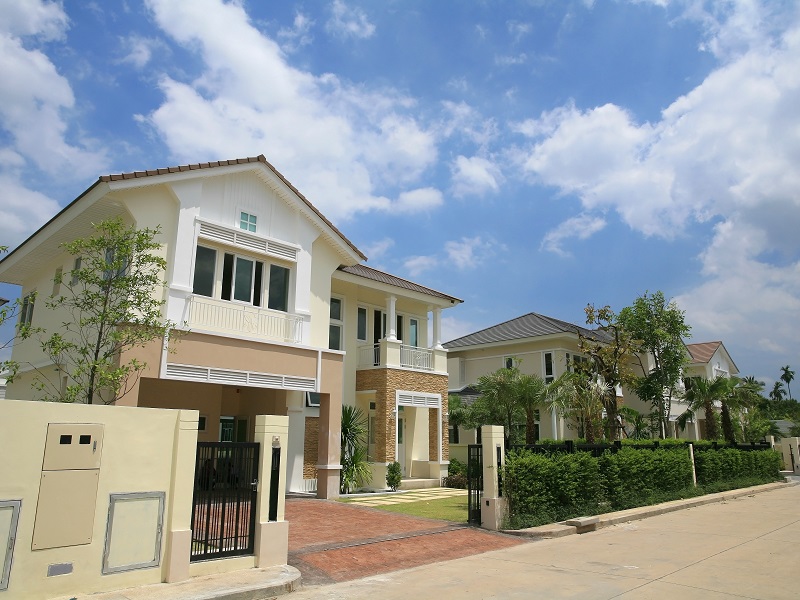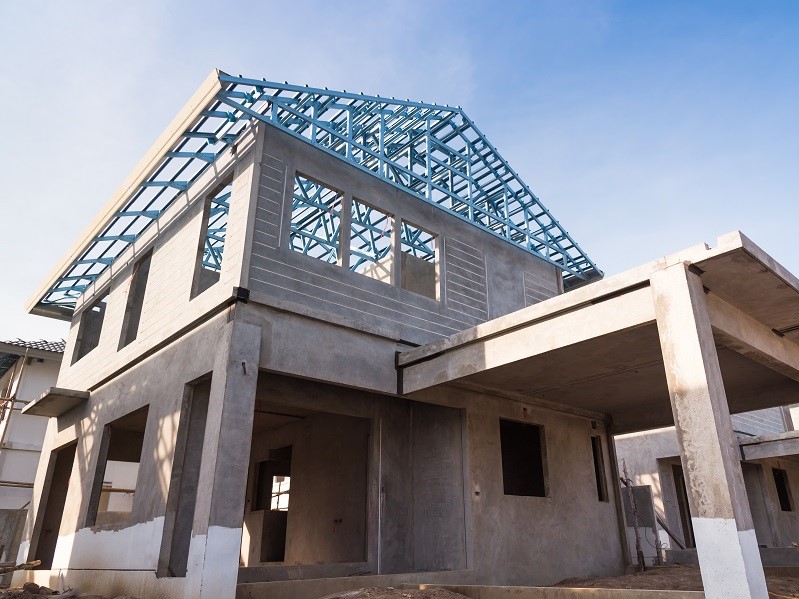
Precast Concrete seems to be a Popular Choice for Thai Real Estate Industries. Here’s Why
Feature Image: A single-family home being built by precast concrete components. Photo from shutterstock by Thanate Rooprasert.
Have you ever wondered why there are so many structures in Thailand made out of concrete, especially in Bangkok, with some building can be obviously see the lines between each section of the walls or bridges. These structures are built by the technique called ‘Precast Construction’ with precast concrete as its main components. But why does this method is so common in Thailand? And many housing developers seem love to choose this approach in their projects more and more, somehow the answer to this question is not really complicated at all.
So, let’s talk about precast concrete in real estate. This is a fancy term for a construction method where components are manufactured off-site and then assembled on-site. It’s been gaining popularity because it’s fast, cost-effective, and durable. In Thailand, engineers love using it for elevated highways due to the frequent extreme weather like storms and flooding.
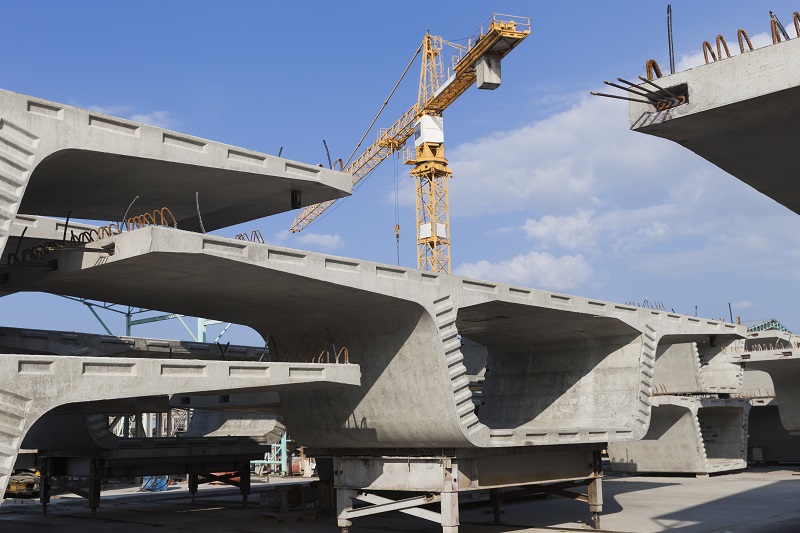
One benefit with precast concrete is its structural strength. It’s not as strong as cast-in-place concrete, so it can lead to cracking and failure over time. To make it stronger, engineers need to think carefully about things like reinforcement and post-tensioning techniques. They also need to have good quality control during the manufacturing process.
Another issue is maintenance difficulty. Since it’s all assembled on-site, it can be harder to maintain and repair. To solve this, engineers need to think about accessibility during the design phase and make sure there are maintenance plans in place.
Pruksa Real Estate is one of the well-known developers who use this approach for their projects. Since 2004, Pruksa has established its own precast concrete factory and currently has 7 locations outside of Bangkok. They continue to develop their own housing components and bathroom pods.
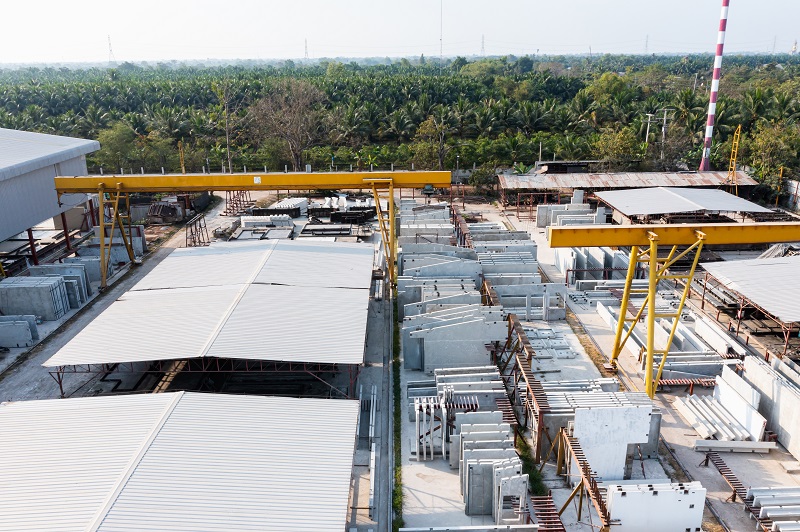
Changing needs can also be a challenge. Since it’s all pre-made off-site, it’s not as easy to modify or expand a building. To fix this, designers can use modular precast components that can be easily added or removed to support changing needs.
But when comparing precast concrete with other common construction methods, it is quite clear why Thailand construction industries seem to flavor this approach so much.
First, let’s compare precast concrete to steel frames, which are very strong and flexible. Steel frames are great for buildings that need to be able to withstand high wind loads or seismic activity. Steel is also very lightweight, so it can be used to create open, continuing floor spaces. However, steel is much more expensive material than concrete, and it’s not as fire-resistant as it will lose its strength when exposed to fire and high heat.
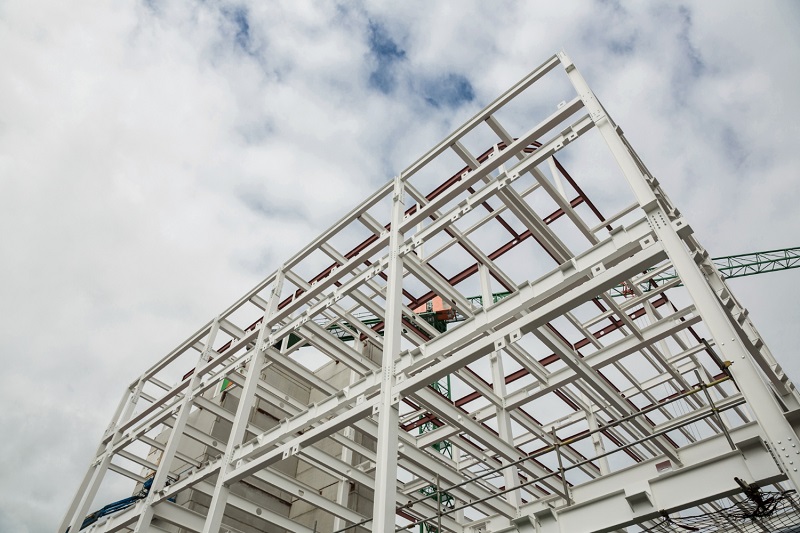
Next, let’s look at reinforced concrete, which is similar to precast concrete in its component materials, but it needs to be poured on-site instead of being pre-manufactured. The advantage of this method is that it can be poured into any shape or size, making it more flexible than precast concrete. However, pouring on-site can take longer and be more expensive, and it can be more difficult to achieve consistent quality.
Finally, let’s consider 3D printing. This is a new construction method that’s gaining a lot of attention. With 3D printing, buildings are printed layer by layer using a special concrete mixture. This method has the advantage of being incredibly fast, efficient, and customizable. It also produces less waste than traditional construction methods. However, 3D printing technology is still developing, and it’s not yet widely available or cost-effective for large-scale projects.
When it comes to pros and cons of precast concrete, one of the biggest advantages is its speed and efficiency. Since the components are made off-site, construction time can be greatly reduced. Precast concrete is also durable and can withstand extreme weather conditions. However, it can be more difficult to modify or expand a precast building, and it may require more maintenance in the long run.
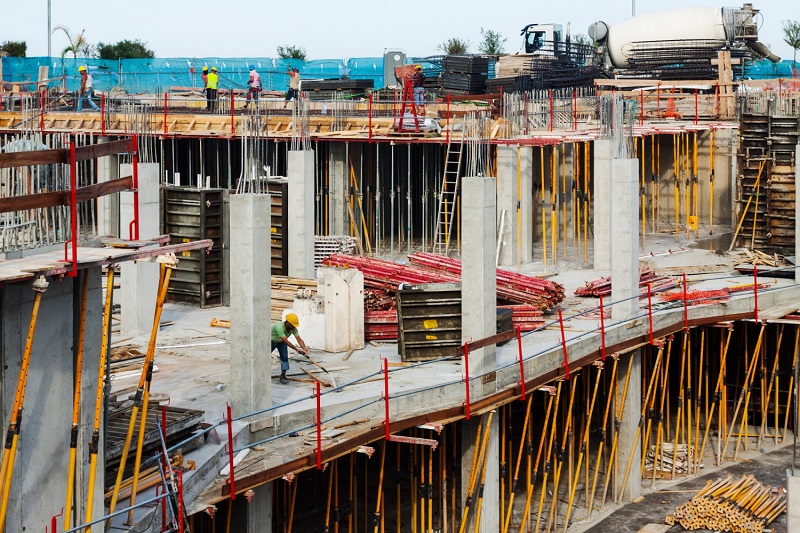
In terms of environmental impact, precast concrete is not the most eco-friendly construction method, as it produces a lot of greenhouse gas emissions during the manufacturing process. On the other hand, 3D printing has the advantage of producing less waste and using less energy, making it a more sustainable option.
When it comes to earthquakes, precast concrete can be engineered to be resistant, but it takes some careful design and construction techniques. One of these techniques is called post-tensioning, which involves using steel cables or rods to compress the concrete and make it stronger. This helps prevent cracking and failure during an earthquake.
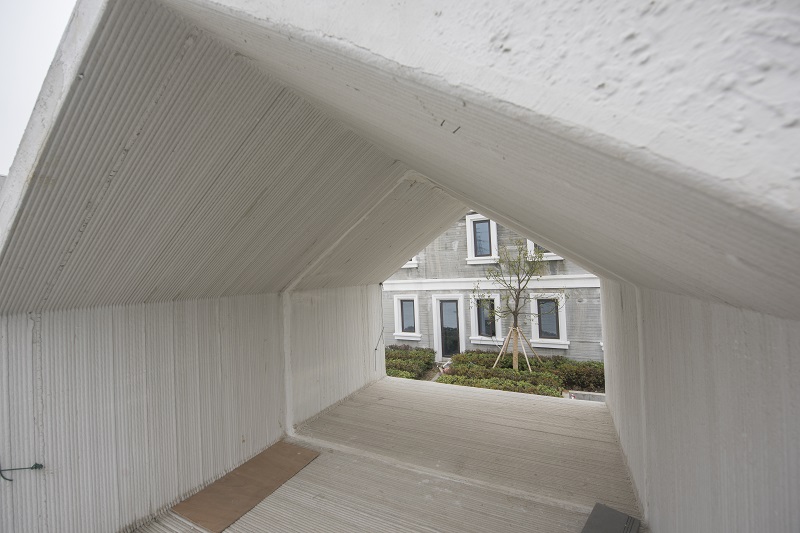
Another technique is to use seismic joints, which allow the building to move and flex during an earthquake without collapsing. This is important because it helps prevent the building from sustaining serious damage.
To improve earthquake resistance even further, engineers can use advanced modelling and simulation techniques to predict how the building will perform during an earthquake. This helps them identify any potential weaknesses and make changes to improve the building’s performance.
Overall, precast concrete has lots of benefits, but it also has its limitations. The future looks bright, but there is competition from other construction methods like 3D printing. We’ll just have to wait and see what happens!

